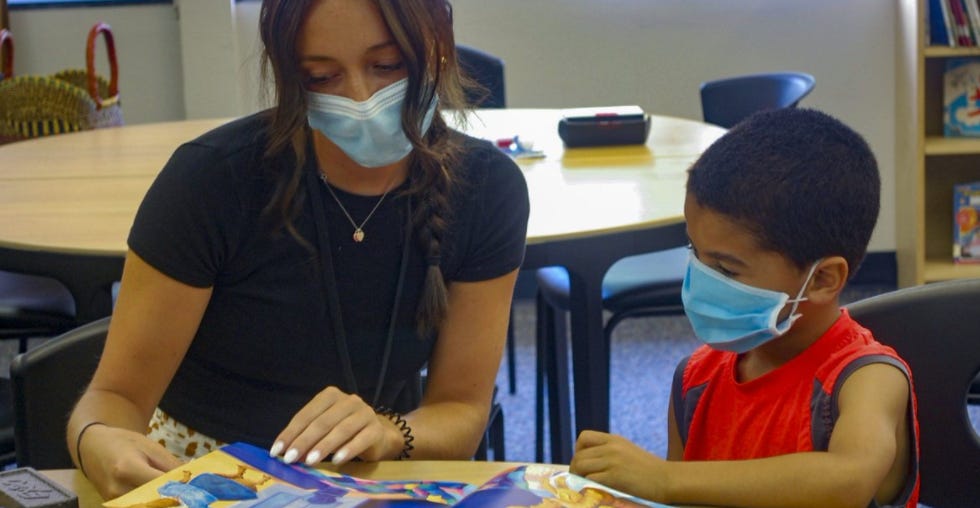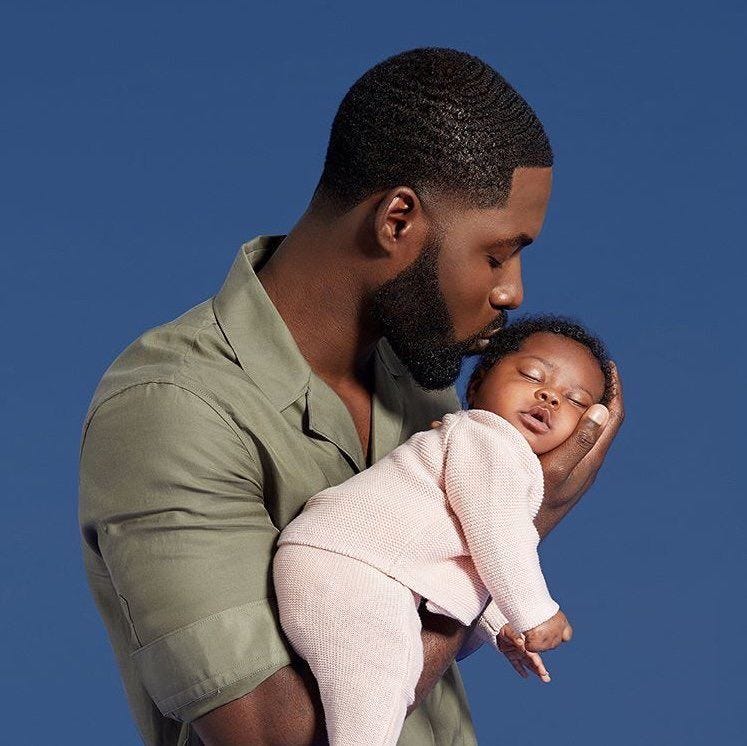Dear Small Talker,
Welcome to the thirty-sixth edition of Small Talks. Every Friday, I highlight 6 areas of weekly joys and reflections in early childhood and the whole family. Small Talks leverages my experience at the intersection of education, philanthropy and impact investing. Enjoy!
What I’m celebrating -
A remarkable piece of journalism from The Hechinger Report in partnership with 7 other newsrooms about reading in America, looking at system solutions across States, teacher training, English Language Learners, parents and more.
Only 35% of children are above “proficiency levels” in reading in 4th grade in 2019. This number has stubbornly not moved. It was also at 35% in 2013. The situation deteriorated with COVID school disruptions, and children are also reading less at home.
Well researched and balanced piece “How Public Preschool Can Help, and How to Make Sure It Doesn’t Hurt” on pre-K and childcare by Claire Cain Miller for the New York Times.
“Things that contribute to quality are a research-based curriculum; stimulating spaces and materials; education and coaching for teachers; and small group sizes. But the biggest piece, researchers said, is how the teachers interact with children — whether they are on the floor playing with them, using rich language, teaching problem-solving techniques and providing emotional support.”
On Veterans Day, this “feel-good” inter-generational story of a child who wrote to a WWII vet. He carried the letter everywhere. 12 years later, they finally met.
What I’m listening to -
The Learning Future’s podcast features Dr. Jean Clinton in “How Love Builds Brains”.
What I’m reading -
The Formula: Unlocking the Secrets to Raising Highly Successful Children, by Harvard Ron Ferguson and journalist Tatsha Robertson. Based on the life stories of successful young adults, the book reveals eight principles…and it starts with parents as “early learning partner”. Ron Ferguson also founded The Achievement Gap Initiative and The Basics, a parenting program started in Boston, now scaling across the country.
What I’m watching -
In this beautiful documentary, filmmaker Tiffany Shlain masterfully compares the neural connections in the human brain to the internet.
The internet is a larger environment than a child brain. A child is born with 100,000 billion neurons. The internet has 10 times more web pages.
However, which one is more complex? The internet has approximately 100,000 billion hyperlinks. An adult human brain has triple this amount – approximately 300,000 billion synapses. A child brain has a quadrillion connection – 10x than the entire internet. Yes, a child brain is larger than the entire internet…
What I’m learning and exploring more deeply -
A sobering, yet critical history: When the Indian Child Welfare Act was passed into law in 1978, a staggering number of Native children — in some states, as many as one in three — had been separated from their families & tribal communities.
“How Nurturing Kindness in Kids May Benefit All Of Us” points to a large study underway aiming to quantify the ways in which doing good may help to counter the anxiety & depression that currently undermines the well-being of children.
Excellent piece “What Paternity Leave Does for a Father’s Brain” by Darby Saxbe and Sofia Cardenas.
“A recent study of Spanish fathers found post-birth remodeling of a part of the brain linked with social cognition, and greater neural change predicted stronger responses to infant images.”
“The High Price of Parenting” has good data on rising costs of childcare: 63% employers intend to increase childcare benefits.
For inspiration, this feature about Indigenous Farm Hub - land-based learning that keeps Native traditions alive.
Quote I am pondering -
“Remember that all people are you, and that you are all people”
-- Joy Harjo, 23rd U.S. Poet Laureate and first Native American to hold that honor.
Feedback is a gift. Which part above is your favorite? What did I miss? What do you want more or less of? Other recommendations? Please kindly let me know. Thank to all all of you who are sending me amazing suggestions.
If you enjoy this newsletter, please help spread the word by sharing with your friends, colleagues, and networks.
Have a wonderful week. Please stay safe and care for each other.
Isabelle







Thanks for all the great resources! I have an open-access, online collection of videos and related resources that share images and explanations of high quality early learning environments and practices: https://highqualityearlylearning.org. I hope you find it useful.
Beverly Falk, Ed.D., The City College of New York